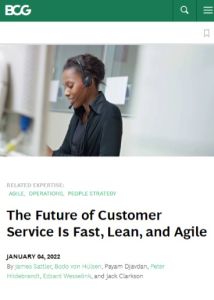
Recommendation
Your company can’t make the mistake of falling behind when it comes to automation – your competition is using artificial intelligence to reduce costs and expedite processes, so you have to, too. But you also can’t make the mistake of optimizing for speed and cost reduction at the expense of customer service. Automation can streamline customer service, but unique or uncommon customer requests will always require a human touch. In this report, the Boston Consulting Group describes how leading companies are getting great results by creating specialized, agile, largely autonomous customer service teams.
Summary
About the Authors
James Sattler, Bodo von Hülsen, Payam Djavdan, Peter Hildebrandt, Edzard Wesselink and Jack Clarkson are professionals with the Boston Consulting Group.









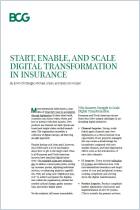
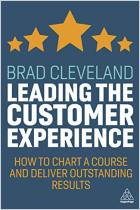
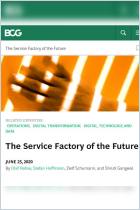
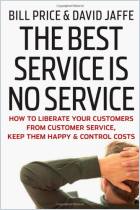
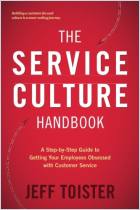
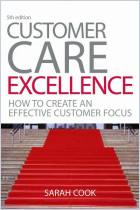
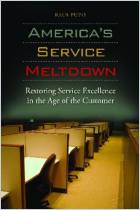




Comment on this summary